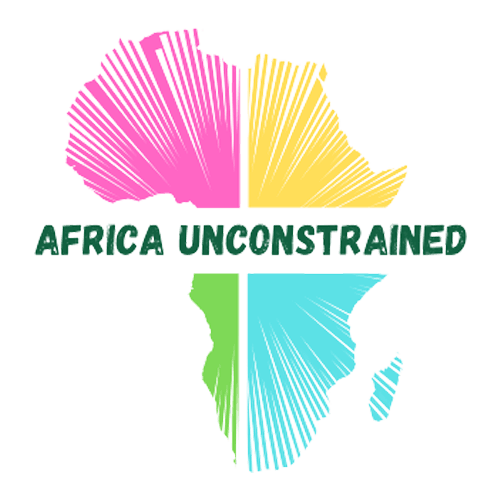
数据










苏丹的公共债务占GDP的比重在1992年达到最高点,为455%,但在2015年下降到75%。其原因反映了内部和外部因素的共同作用。首先,由于两次内战,苏丹在1970年代和1980年代遭受经济不发达之苦。经济表现不佳,加上政治动荡以及对外国援助和金融的依赖,导致贸易不平衡和收入下降,导致大量的偿债欠款积压,使该县在1990年代负债累累。其次,由于美国于1997年实施制裁,苏丹几乎无法进入国际金融体系。制裁包括贸易禁运,冻结政府资产以及对该国以美元进行交易的限制。因此,多边机构没有为苏丹提供债务减免或债务重新安排方案。未能偿还全部债务使苏丹增加了更多的债务来偿还债务,导致债务螺旋上升。但是,中国在2000年至2018年期间提供了四种形式的援助,最近一次是在2018年。
3.35%
经济增长
2 / 8
DR的债务透明度指数
176.6%
Gross Debt Position % Of GDP
-4.3%
Budget balance 2021
苏丹
债务与国内生产总值之比
In the past few years, Sudan’s debt level has remained high. Its general governmental debt accounted for around 202% of GDP in 2019. Major challenges include the shrinking economy, high inflation, overvalued currency, and large fiscal deficits. Due to a weak business environment and social turmoil, economic growth contracted in 2018 and 2019, by an estimated 2.3% and 2.5%, respectively. The fiscal deficit has widened from 3.8% in 2015 to 10.8% in 2019, making the county more vulnerable to service its debt payments. Moreover, until late 2020 Sudan remained on the US State Sponsor of Terrorism list, which continued to exclude the country from being part of the Heavily Indebted Poor Countries (HPIC) debt relief programme.
Furthermore, Sudan scored joint bottom in the Debt Transparency Index, with no effective data portal provided by government, nor a debt management office or a public medium-term debt strategy, though it passed a Freedom of Information Law in 2015.
苏丹
收入与预算余额

Chinese debt represents a substantial share of Sudan’s external debt stocks and has increased from US$174.1 million in 2002 to US$4.4 billion in 2017, now accounting for 20% of Sudan’s total external debt stocks. This is partly because other donors are inactive in Sudan, due to sanctions from the US. For example, until 2020 Sudan was unable to get concessional loans from the World Bank due to protracted non-accrual status. However, China makes its own assessment. Thus, China Africa Research Initiative recorded that there are at least 68 Chinese loan projects in Sudan, varying from power stations, transport, the agriculture sector, as well as loans for military equipment. The total Chinese loans to Sudan during the period of 2000-2018 values at US$6.81 billion based on CARI’s figure, though this may be a conservative estimate.

In order to get access to finance, given a very low asset base, Sudan used flows of its resources such as oil and gold to provide collateral to be able to get loans from China – known as Resource Based Loans (RBLs). Such resource-backed loans (RBLs) provided a clear benefit to Sudan’s citizens in the sense of ensuring oil revenues were fully dedicated (i.e. hypothecated) to infrastructure spending projects and ensuring less chances for funds to be lost to tax havens, for instance. In addition, in some cases, if well negotiated, such instruments can be designed to provide a buffer for borrowers against low oil (or other natural resource) prices, an issue that become pertinent in 2020 when oil prices plummeted.
On the other hand, there are potential opportunity costs associated with RBLs: Sudanese citizens may have preferred oil revenues to be spent on other issues such as education or health. In addition, such instruments do not eliminate the potential of overinflated project bids, which can be associated with corruption. Finally, if not well negotiated RBLs could still leave Sudan vulnerable to oil price fluctuations, especially unprecedented price shocks. For instance, if debt obligations and loan repayments are linked to a fixed price that has meant as the price falls, Sudan would be obliged to export larger quantities of resources to China to service its debt. However, it is not clear how Sudan has negotiated these RBLs with China, and with the independence of South Sudan obviously these loans are more limited. For example, in 2013, Sudan took a US$1.5 billion loan with a five-year grace period from China. In 2018, China agreed to provide Sudan US$58 million grants and US$30 million interest-free loan for peace security and the economic development during the China-Africa Cooperation Forum.
中国债务与GDP之比
对中国的外债存量vs. 对其他国家 百万美元
No Data Found
The arrears of debt service limits financing from the IMF, the World Bank, and the African Development Bank, make it extremely hard for Sudan to manage debt or invest in economic development and poverty reduction. At the same time, Sudan likely needs significant infrastructure finance to meet outstanding basic needs of the population and to cut poverty. Access to internet and electricity is particularly behind, and road infrastructure is currently very limited.
However, with already “high” levels of public debt it is unclear how this could be provided internally or even externally. According to the IMF, Sudan is IN debt distress, with the Jubilee debt campaign predicting a debt crisis in 2020, highlighting vulnerabilities in Sudan’s ability to fulfil debt obligations.
外债
No Data Found

No Data Found
Acknowledgements:
and The Development Reimagined Team
Statement on use of data:
55%
Listening Music
47%
Reading
36%
Gardening
25%
Sleeping


60%
Watching Tv
19%
Meditation




COVID-19
No Data Found


